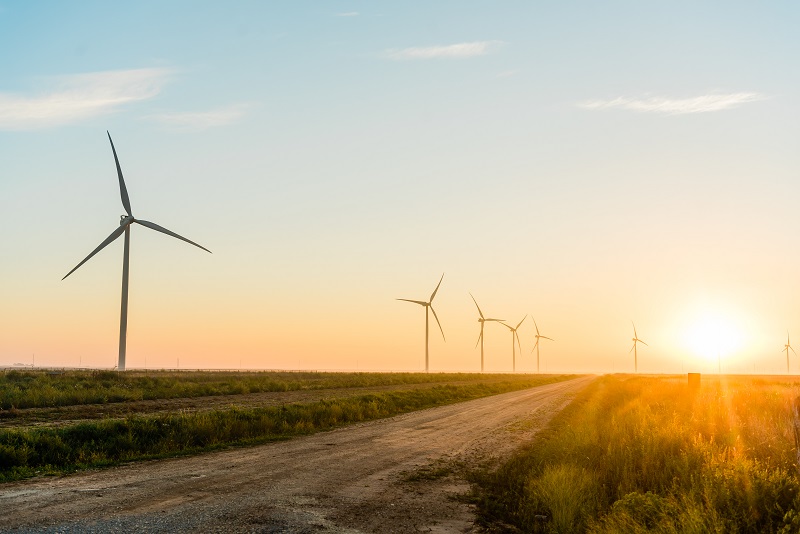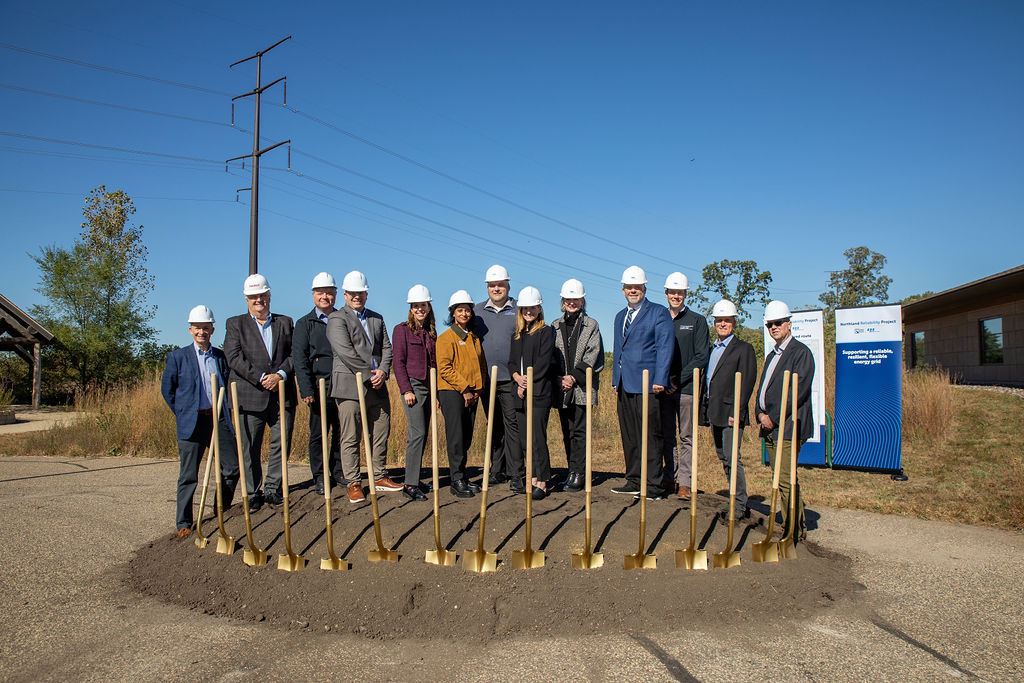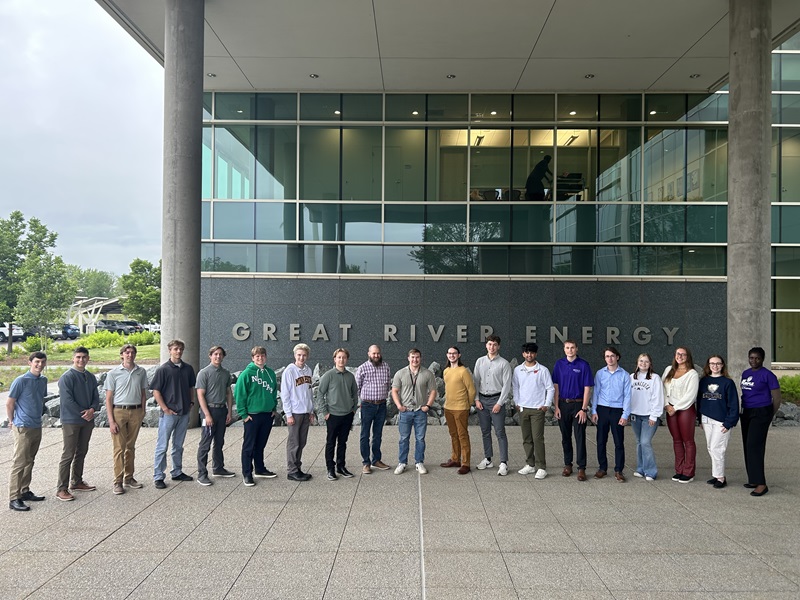If you were to start an electric company from scratch, what would it look like?
Great River Energy President and Chief Executive Officer David Saggau has described his vision for the ideal power provider for Minnesota’s cooperative members.
“You would start with a portfolio of renewable energy resources at locations throughout the Midwest,” Saggau said. “You would back those up with modern, flexible natural gas peaking plants – and you would have ready access to the electricity market to purchase additional energy when you need it.”
That vision is becoming a reality as a result of changes Great River Energy has made gradually over the past decade, including closing two power plants.
The latest step in this transition is the sale of Great River Energy’s Coal Creek Station power plant and high-voltage direct-current (HVDC) transmission system to Rainbow Energy Center and Nexus Line, respectively. The transaction closed on May 2. Rainbow Energy Center will continue to operate the 1,151-megawatt (MW) power plant, and Great River Energy will operate and maintain the HVDC system for Nexus Line under a 20-year contract.
As part of this agreement, Great River Energy will purchase 1,050 MW of power from Rainbow Energy Center through early 2023, at which time the purchase amount decreases to 350 MW for eight years.
By reducing its coal-based energy and more than doubling its renewable energy, Great River Energy will reduce its carbon dioxide emissions by more than 80% by 2032, achieving Minnesota’s emissions target nearly two decades ahead of schedule.
“The power supply of Great River Energy reflects the values of our membership and advances Minnesota toward its energy and environmental goals,” said Jon Brekke, Great River Energy’s vice president and chief power supply officer. “We are transitioning from a historically coal-dependent cooperative to one with low carbon intensity. The balance in the new portfolio, including peaking, wind and the purchase of energy from Rainbow, is important for reliability and risk mitigation.”
A ‘no compromise’ plan
As Great River Energy transitions to a largely renewable portfolio of energy resources, cost and reliability remain paramount.
Great River Energy’s wholesale power rates are well below the weighted regional average cost of electricity and projected to remain stable.
The cooperative’s transmission reliability is excellent as well, achieving record levels in eight of the company’s 10 reliability measurements in 2021.
“There is no compromise in the direction we are heading,” said Great River Energy Vice President and Chief Transmission Officer Priti Patel. “We provide a remarkable product – electricity – and we push ourselves to ever-higher standards of service to our member-owners.”
Foundation for a clean economy
As Great River Energy supplies cleaner, more affordable energy, the cooperative and its member-owners are committed to electrifying the economy.
Cooperatives play an important role in fostering electric transportation, home heating and cooling, business applications, agriculture, manufacturing techniques and more.
“Smart electrification is efficient, affordable and the future ,” said Great River Energy Vice President and Chief Corporate and Member Services Officer Mark Fagan. “We are living our mission to provide member-owners with affordable, reliable energy in harmony with a sustainable environment.”
Planning for the future
While providing excellent service today, Great River Energy regularly tests technologies and business strategies to improve the way it will serve members long in the future.
The cooperative’s Cambridge Energy Storage Project is a multi-day battery with the potential to turn variable sources of renewable energy into dependable, dispatchable energy resources. A battery that discharges over several days could provide electricity long enough to outlast most periods of extreme weather, which can pose challenges to the electric grid.
Great River Energy also works with its member-owner cooperatives to develop local renewable resources as well as deploy energy efficiency and demand response programs that make electricity more sustainable, affordable and reliable.

 " data-object-fit="cover">
" data-object-fit="cover">
 " data-object-fit="cover">
" data-object-fit="cover">